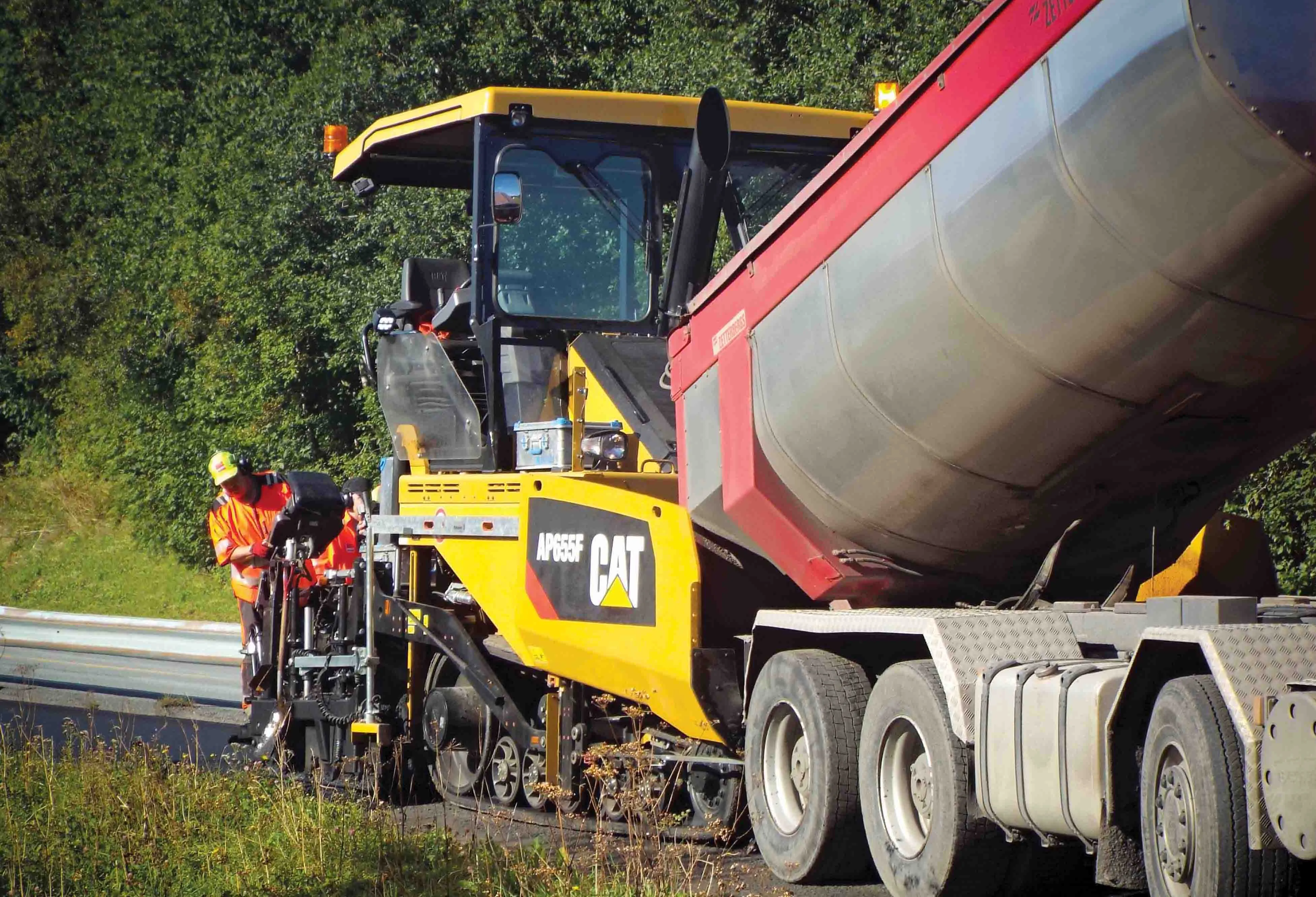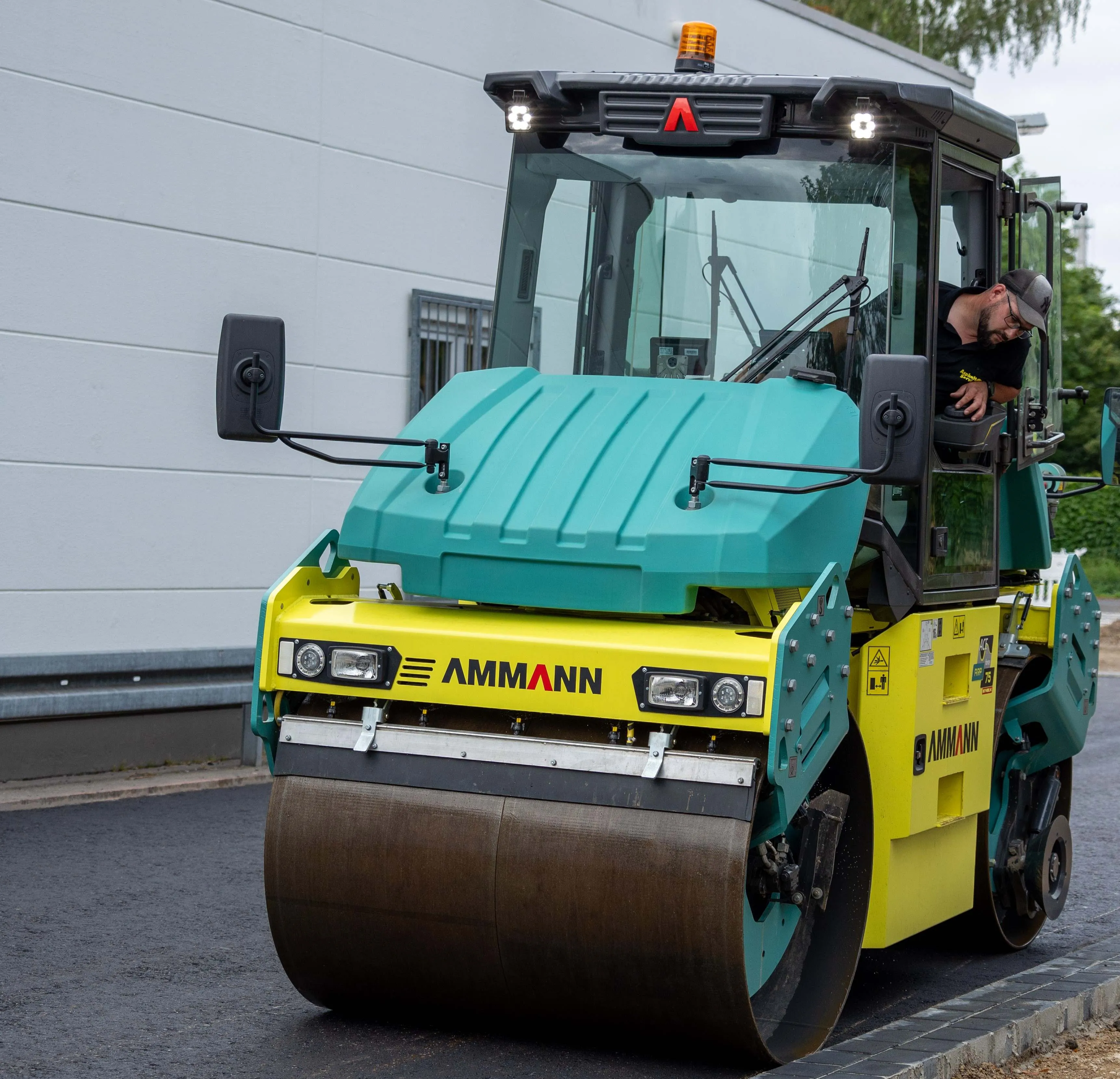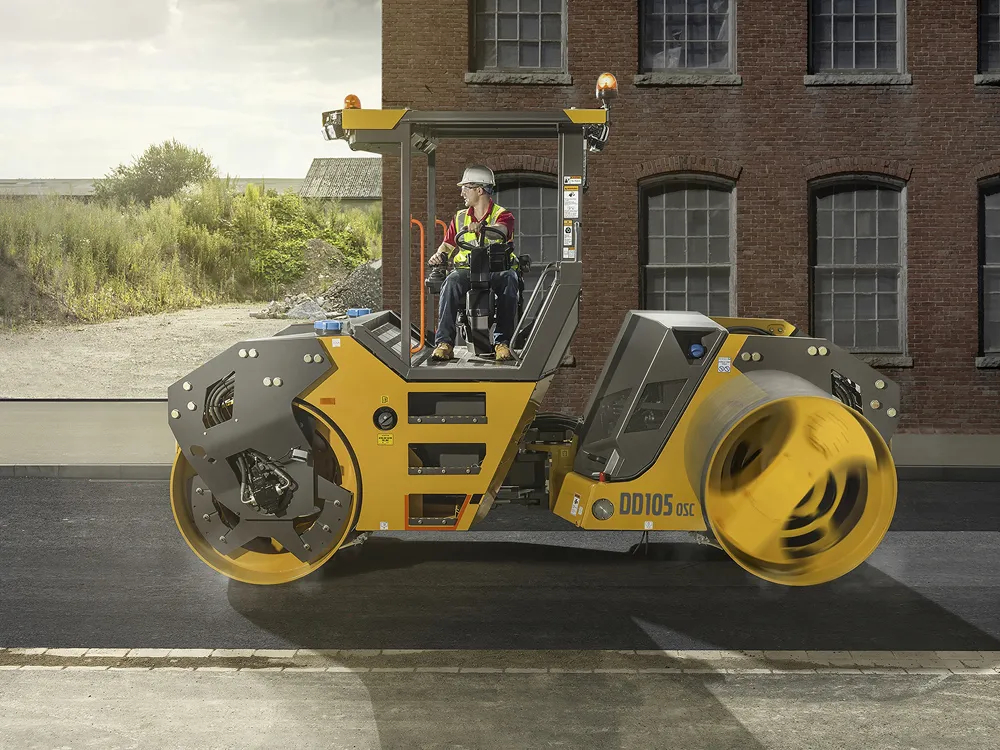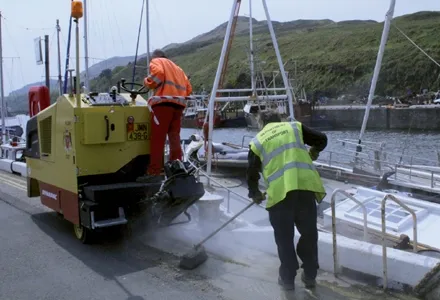Dynapac has launched what it describes as its ‘revolutionary’ fifth generation of single drum vibratory rollers.
Having begun with the larger CA5000, CA6000 and CA6500 models, the company has now unveiled its mid-size range, CA2500, CA2800, CA3500 and CA4000, and their variants. Said to have the same innovative thinking and unique features as the larger models, the versatile machines offer serviceability efficiencies due to their cross-mounted engines. Other time and money saving features are optimised amp
November 15, 2012
Read time: 2 mins
Having begun with the larger CA5000, CA6000 and CA6500 models, the company has now unveiled its mid-size range, CA2500, CA2800, CA3500 and CA4000, and their variants.
Said to have the same innovative thinking and unique features as the larger models, the versatile machines offer serviceability efficiencies due to their cross-mounted engines. Other time and money saving features are optimised amplitude, said to offer superior compaction performance, and Active Bouncing Control preventing damage to the machine and over-compaction.
With static linear loads ranging from 25 - 45 kg/cm, the mid-size CA rollers are said by Dynapac to be ideal for compacting a wide materials’ range, from sand and gravel to rockfill. Amplitude of 1.8mm - 2mm for the CA3500 and CA4000 models is said to allow rockfill to be compacted in 1.25 – 1.5m layers. The better depth effect is said by Dynapac to result in higher volume capacity and less passes to reach compaction specifications, thus saving fuel and reducing the cost per compacted cubic meter.
Environmental impact is also said to be lower. The Dynapac ‘Silent Weights’ eccentric concept is an option said to enhance compaction performance even further.
Meanwhile, Dynapac’s advanced ‘mission control’ systems are said to raise productivity by enabling the user to control the entire ‘rolling mission’ in three clear steps. Preparation: planning the task with Dynapac CompBase software; Performance: performing the work using the Compaction Meter and analyser on the roller; and Protocol: analysing the results afterwards using the Dynapac Compaction Analyser (DCA).
Dynapac’s CostCtrl software on the web and an extended warranty for CA rollers is said to enable customers to gain full control over lifecycle costs and maximise machine availability. The company’s international service network offers full support and assistance with all parts and service needs.
The new CA rollers are available with Stage IIIA or IIIB engines.









